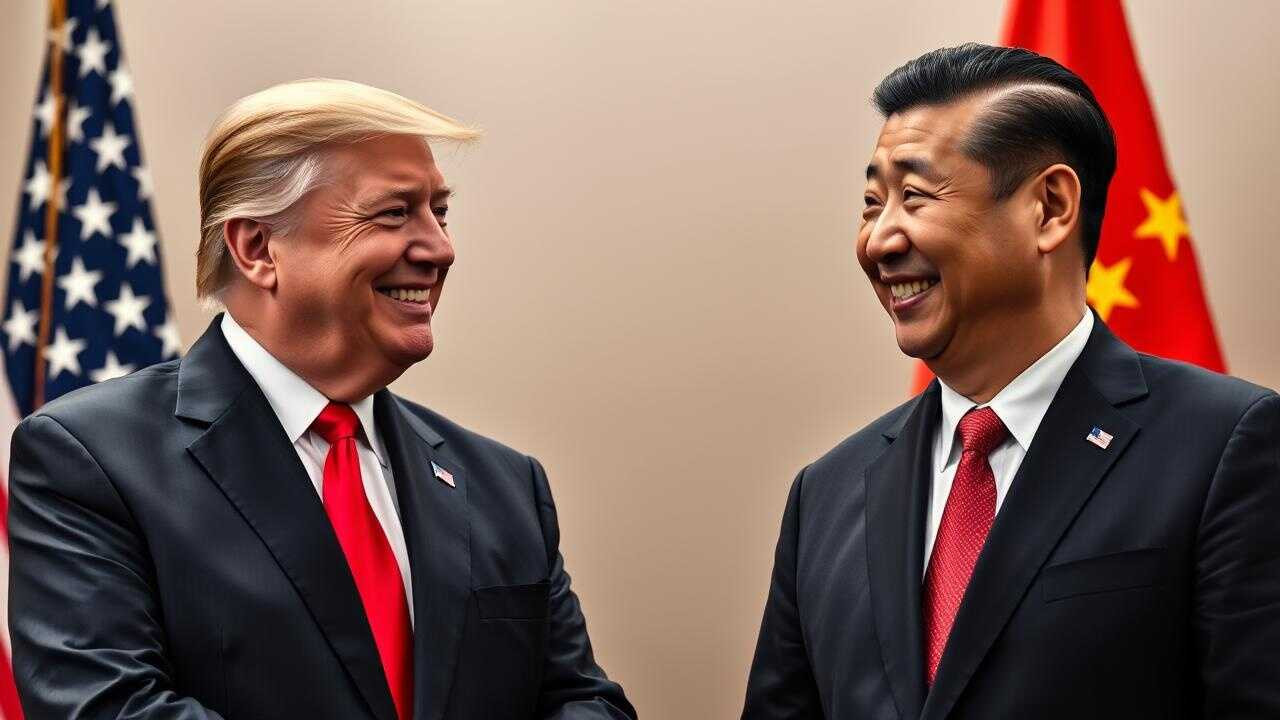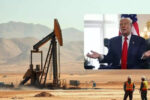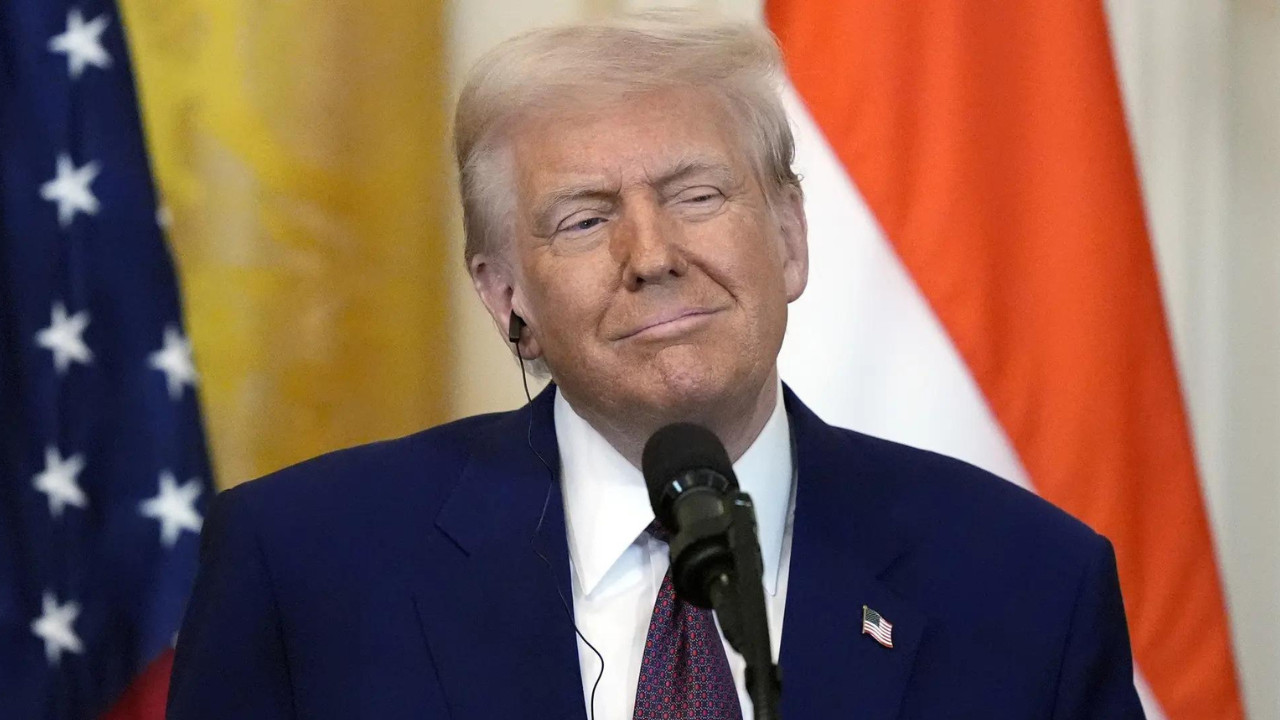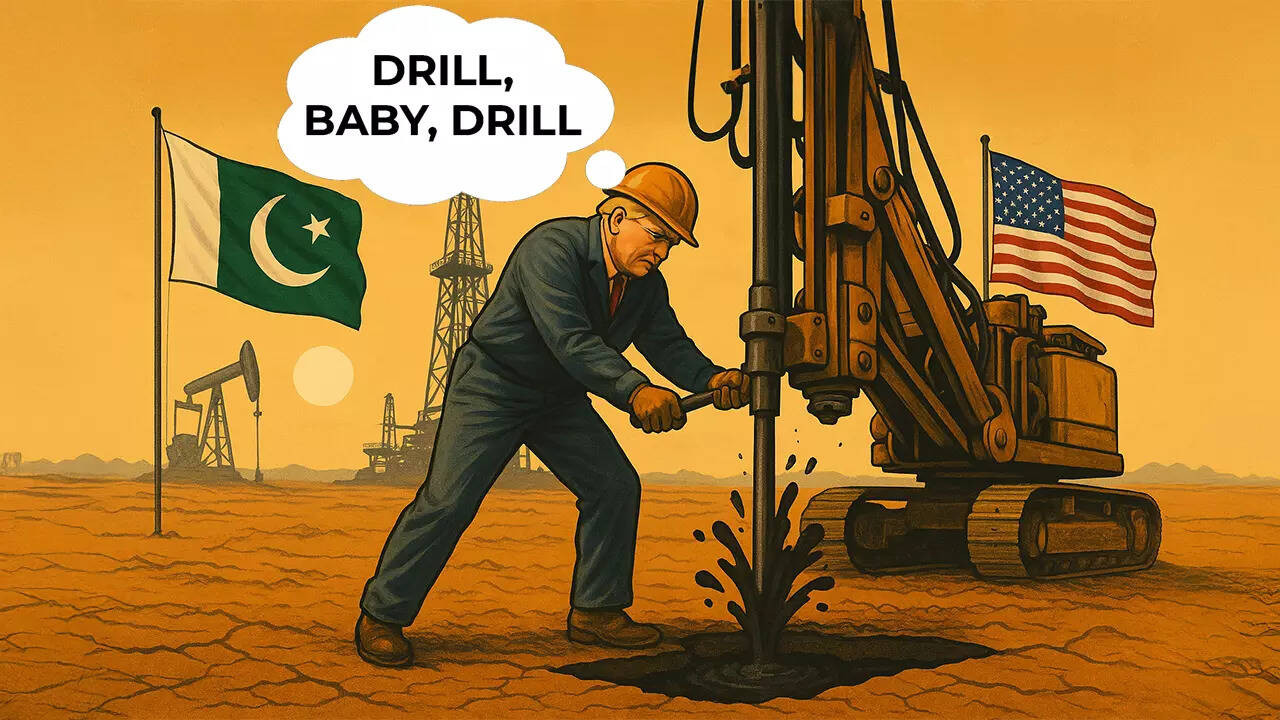President Xi Jinping has reportedly agreed to resume rare earth mineral and magnet exports to the US, potentially easing trade tensions. This follows a positive phone conversation between Trump and Xi, with temporary export permits already issued to suppliers serving major US automakers.
The Rare Earth Thaw? Trump Says Xi Jinping Ready to Play Ball
Okay, folks, let’s dive into something that’s been quietly bubbling under the surface of the global economy: rare earth minerals. You might not think about them much, but they’re everywhere. Your smartphone? Got ’em. Electric car? Loaded with ’em. Missile guidance systems? You guessed it. And for a long time, China has held a pretty significant hand in the rare earth game, controlling a vast majority of the global supply.
So, when Donald Trump, never one to mince words, announces that China’s President Xi Jinping has agreed to let those precious rare earth minerals flow freely to the US, it definitely raises an eyebrow.
This isn’t just about getting the raw materials we need to build shiny new gadgets. It’s about national security, economic competitiveness, and, frankly, a power dynamic that’s been shifting for years.
For context, tensions between the US and China have been, let’s just say, complicated. Trade wars, intellectual property disputes, accusations of unfair practices – it’s been a rollercoaster ride. And rare earths, with their strategic importance, have often been caught in the crossfire. The fear has always been that China could weaponize its dominance in this sector, cutting off supply to the US and its allies as leverage in trade negotiations.
Think about it: if you rely heavily on someone for a critical resource, they hold a certain amount of sway. That’s just basic economics (and geopolitics). The US has been trying to lessen its dependence on Chinese rare earths for a while, but it’s a slow and expensive process. Diversifying supply chains, investing in domestic mining, and developing alternative technologies all take time and significant capital.
Trump’s claim, therefore, is a potentially big deal. If Xi really has made this commitment, it suggests a willingness to de-escalate tensions, at least in this particular area. Is it a sign of a larger thaw in the relationship? Maybe. Or maybe it’s a tactical move, a way to smooth things over in the face of mounting economic challenges within China itself. It’s hard to say definitively. These things are rarely as straightforward as a single headline.
Now, let’s inject a bit of healthy skepticism here. We’ve heard pronouncements like this before, and translating them into tangible action is where the rubber meets the road. Political pronouncements are one thing; actual logistical changes are quite another. The details, as always, will be crucial. What exactly does “flow freely” mean? Are there specific quotas or pricing agreements involved? What are the guarantees that this won’t be used as leverage again in the future?
And what about the broader geopolitical landscape? Is this a genuine effort to build trust, or simply a temporary band-aid on a much deeper wound? The US is still grappling with its own strategy toward China, balancing economic engagement with concerns about national security and human rights. China, meanwhile, is navigating its own complex path, striving for global influence while managing its internal challenges.
My hunch? This isn’t a complete about-face. It’s more likely a calculated move within a larger game of chess. China recognizes that isolating itself too much could have negative consequences for its own economy. A stable supply of rare earths to the US, even if it involves some concessions, could be seen as a way to maintain trade flows and avoid further escalation.
The implications for businesses are also significant. Companies that rely on rare earth minerals can breathe a little easier, knowing that the immediate threat of supply disruption has potentially eased. However, they’d be wise to continue exploring alternative sourcing options and investing in research and development to reduce their dependence on any single supplier. Diversification is always a smart strategy, especially in a world as volatile as ours.
Ultimately, whether this supposed agreement truly marks a turning point remains to be seen. But it’s certainly a development worth watching closely. The rare earth market is a key indicator of the overall health of the US-China relationship, and its fluctuations can ripple throughout the global economy. Keep your eyes peeled, folks, because this story is far from over. It’s going to be fascinating to see how this plays out in the weeks and months to come. And as always, stay informed, stay skeptical, and stay engaged.
📬 Stay informed — follow us for more insightful updates!







